This is part one of a four-part series designed to walk financial advisors through the process of adding value to their clients by offering exposure to cryptocurrency.
Your clients work with you because you’ve earned their trust, and because you add value to their financial planning in many ways. With the growing interest in cryptocurrencies and other digital assets, you can add even more value by becoming “crypto competent.” It’s also a great way to differentiate yourself and attract new clients – especially because, at the moment, many advisors have been slow to embrace crypto.
In this article, we’ll discuss the first six steps an advisor should take:
- Educate Yourself
- Get Credentialed
- Connect
- Get Personal Experience
- Learn Options to Custody Crypto Holdings
- Stay Open-Minded
And, since this is a complex topic, this article represents just part one of a three-part series. Let’s dig in.
How to Begin Adding Value for Your Clients Interested in Crypto
Let’s start with the initial steps you can take to ensure you’re ready for crypto conversations when clients approach you:
1. Educate Yourself
Reading articles like this one is a great place to start. At Arbor Digital, we strongly believe in educating advisors and individual investors about digital assets, and you can check out our articles for advisors, which we update often. We also host the Asset (r)Evolution Podcast to help advisors gain the knowledge they need in the emerging powerhouse that is digital asset investing. Other resources we trust are:
Books


Podcasts



Other Resources

The network timestamps transactions by hashing them into an ongoing chain of
hash-based proof-of-work, forming a record that cannot be changed without redoing
the proof-of-work


*This is different than the Onramp Invest platform. It is solely focused on crypto education targeted towards financial advisors and wealth managers.

*This newsletter is all about defining crypto, digital assets, and the future of finance for financial advisors.
2. Get Credentialed
We also recommend attaining a digital asset-specific credential, the CDAA or DACFP credential. Although a new designation sounds daunting, the beautiful thing about being early in this space is that these designations can be attained in 4-6 weeks at a very manageable pace and time commitment. Unlike the CFP, CFA, CIMA, CAIA, or CPWA designations, these won’t require years and considerable life adjusting to attain… yet.
At Arbor Digital, we have gone through both designation programs and will be releasing a short video with a review and comparison. Both add extreme value in different ways and, given their short time frame to completion, we would recommend getting both done within 3-6 months.
Both will go through the process of creating a stance on digital assets and how to implement them into your practice.
3. Connect
It’s also important to get connected with crypto-focused data providers:
4. Get Personal Experience
If you’ve never invested in crypto personally, consider buying a nominal amount. Start where your clients are likely to – Ethereum, Bitcoin, or a non-fungible token (NFT), You have two options:
A centralized marketplace where an exchange manages wallets and keys, like
A crypto native where the user takes ownership of wallets and keys, like:
5. Learn Options to Custody Crypto Holdings
When it comes to how to custody your crypto holdings, there are two common methods you can use personally and recommend to your clients:
- Self-custody – Use a hardware wallet or a paper wallet (also called a cold wallet or cold storage).
- Keep the crypto on an exchange – This is often called a hot wallet.
There are pros and cons to both custody methods, of course, so you can add additional value to the conversation by helping your client work through them.
Cold wallets are less susceptible to hacks – and theft – because they aren’t connected to the internet. So, they can be viewed as a more secure way to store crypto. However, hot wallets are easier to use, and they can’t be lost as easily as a cold wallet might be if it’s not stored or managed appropriately.
6. Stay Open-Minded
This is another critical part of the equation when you want to add value to your clients. If you’ve been reticent to embrace crypto – for yourself or for your clients – you’re not alone. When clients initiate the conversation, be intentional about listening. You’re likely to learn something new just by hearing what your clients are interested in. Better understanding where they’re coming from, and their goals with crypto, will help to deepen your client-advisor relationship.
Final Thoughts on Getting Started with Offering Crypto to Clients
With more investors getting curious about crypto and wanting exposure, advisors will find themselves engaging in more conversations about digital assets. This may be particularly true if you have clients who are younger, well-educated, and have high incomes.
To add more value for your existing clients – and to position yourself to attract new clients – it’s important to adapt. With a relatively low percentage of financial advisors working with clients who hold crypto assets, getting crypto competent is an opportunity to further differentiate yourself and build your book of business in a new direction.
Stay tuned for part two of this series, where we’ll dig deeper into the common questions that you’re likely to get from clients. And, of course, If you’d like help navigating crypto exposure for your clients, we can help! At Arbor Digital, our mission is to be your connection to the Digital Asset (r)Evolution. Reach out today to ask a question or to book a demo.




